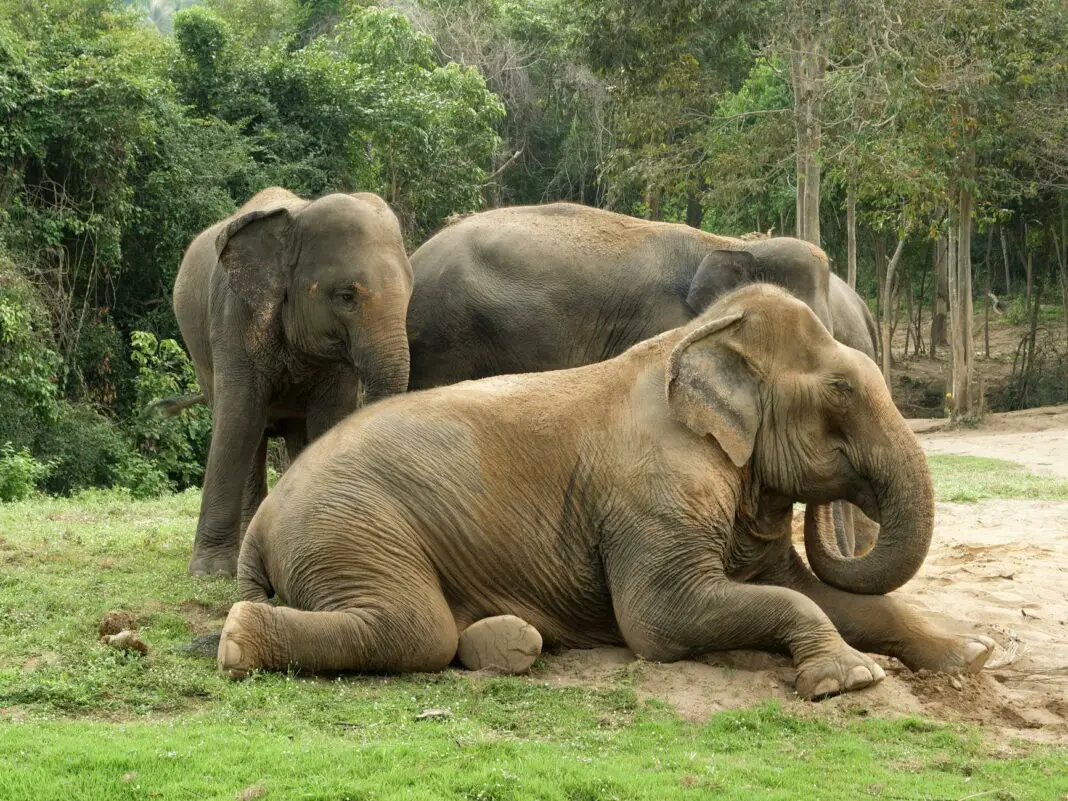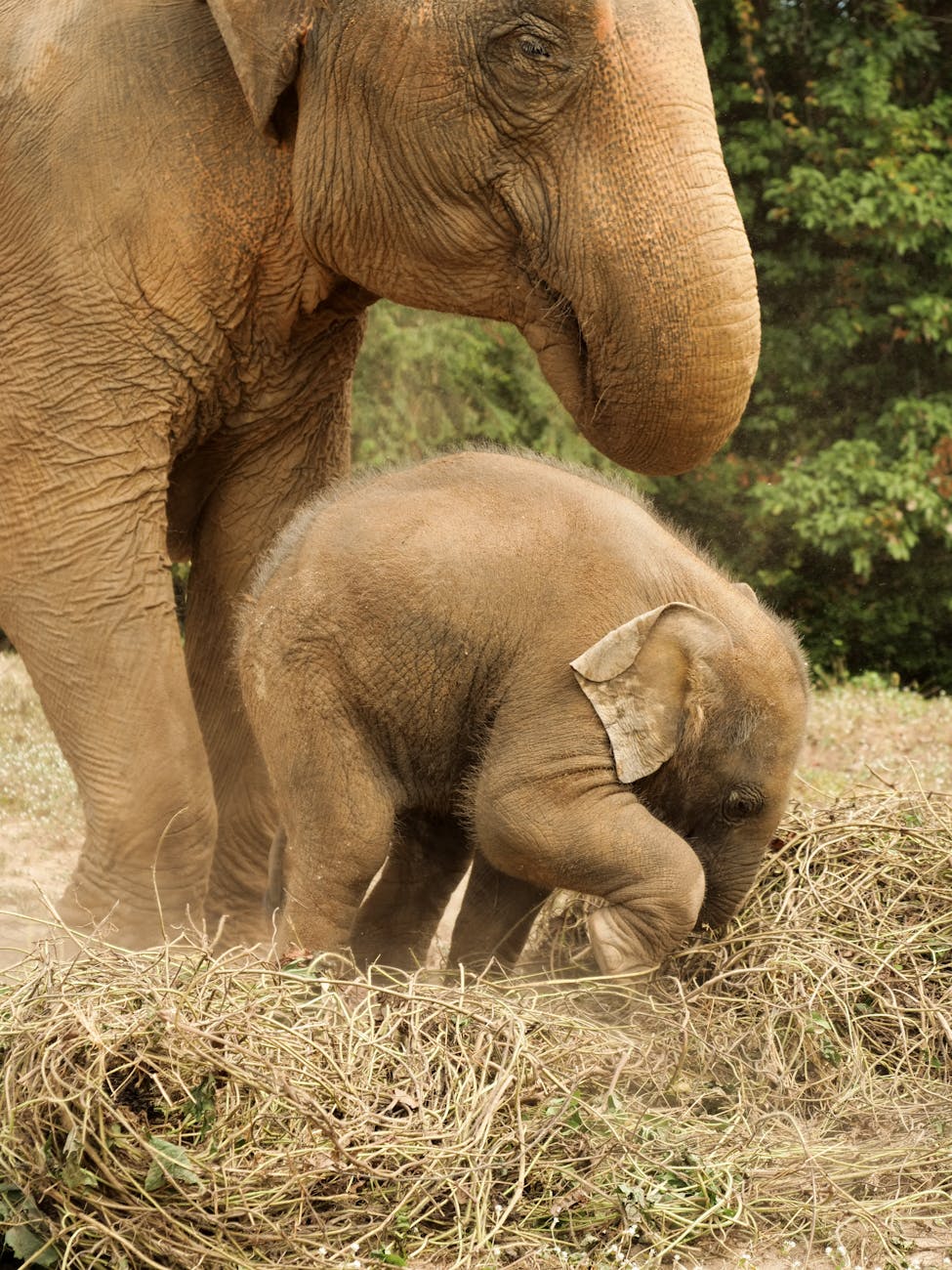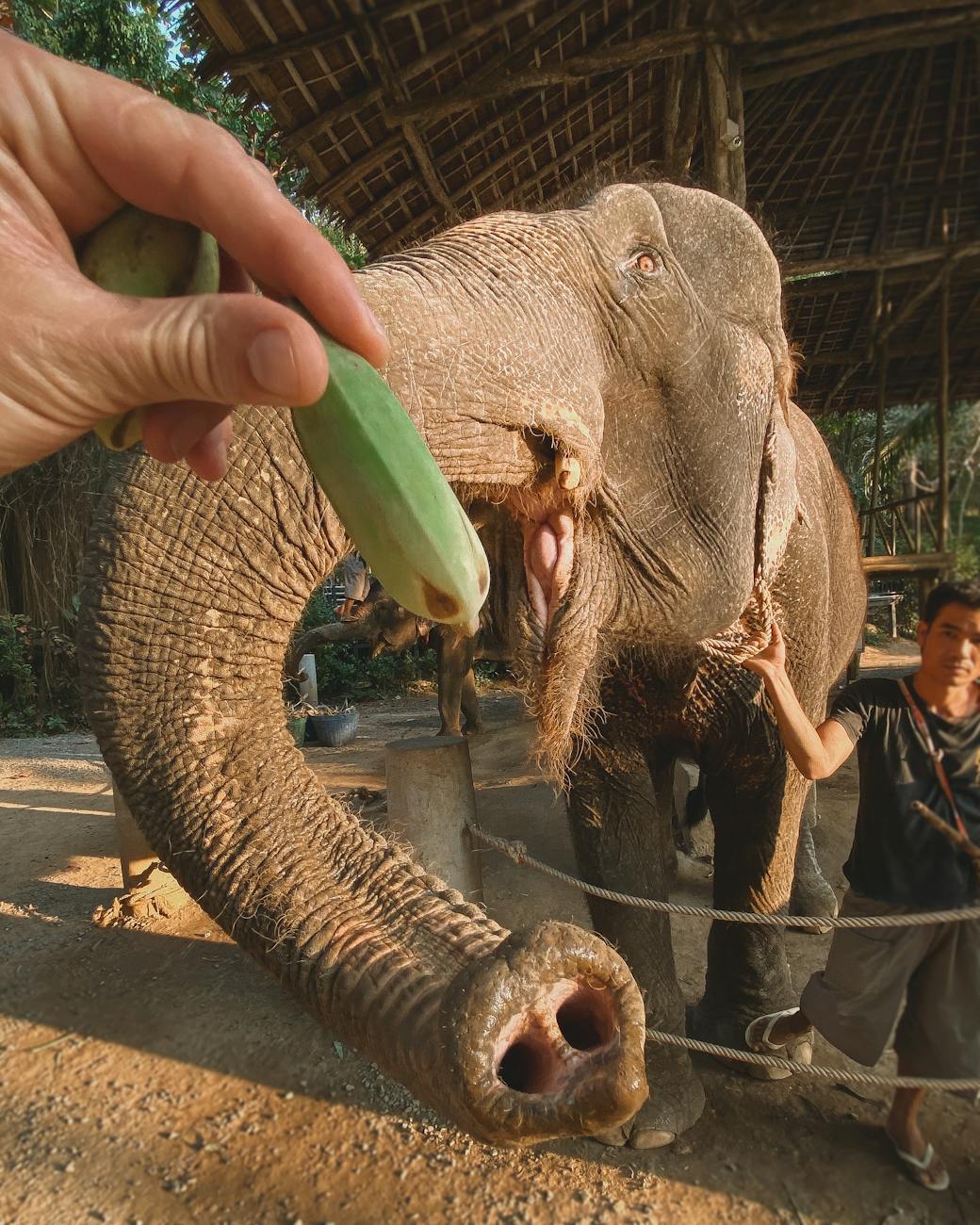Embarking on a trip to Thailand offers not just breathtaking landscapes but an extraordinary opportunity to witness some of the rarest wildlife on the planet. From lush jungles to serene beaches, the country is a treasure trove of biodiversity. However, the question remains: what’s the secret to spotting these elusive creatures? This blog post delves deep into the remarkable realm of Thailand’s wildlife, equipping you with actionable insights to enhance your wildlife spotting adventure.
Ready to unlock the secrets of Thailand’s unique fauna? Let’s explore practical strategies, ideal locations, and essential tips to help you become a master wildlife observer. The beauty of Thailand’s natural world is waiting for you; you just need to know where and how to look.
Table of Contents
- Planning Your Trip for Wildlife Watching
- Best Places for Wildlife Spotting in Thailand
- Best Times to Spot Rare Wildlife
- Essential Wildlife Spotting Tips
- How to Respect and Protect Wildlife
- Why Wildlife Spotting in Thailand is Worth it
Planning Your Trip for Wildlife Watching
When diving into planning your Thailand adventure, make sure to prioritize the regions renowned for their wildlife diversity. Start by investing time in research to identify national parks and reserves that are home to rare species. For instance, locations like Khao Sok National Park and Kaeng Krachan National Park are playgrounds for those seeking the thrill of encountering elusive creatures, including sun bears, elephants, and countless bird species. Knowing where to go and the best times to visit these places can be a game-changer for your wildlife spotting experience.
Additionally, considering the ethical implications of your travel choices can enhance your journey. Opt for eco-friendly lodges that promote sustainable practices and contribute to wildlife conservation efforts. This not only elevates your travel experience but also supports the preservation of these magnificent creatures’ natural habitats. A well-planned trip sets the foundation for a rewarding wildlife adventure.
Best Places for Wildlife Spotting in Thailand
Thailand is endowed with a multitude of locales perfect for wildlife sightings. National parks stand out as prime hotspots. Khao Yai National Park offers extensive trails where visitors can encounter gibbons, black bear species, and fascinating reptiles. Additionally, the Andaman Islands provide a unique opportunity for marine wildlife enthusiasts, including colorful corals and vibrant reef fishes. Each of these locations provides distinctive environments where particular species thrive, making them ideal for tailored wildlife watching experiences.
Moreover, don’t overlook smaller reserves and sanctuaries, such as the Elephant Nature Park in Chiang Mai. These settings often afford intimate encounters with rescued animals, offering a different yet enriching perspective on wildlife interaction. The variety of places across Thailand ensures there’s something for every adventurer, whether you are seeking the magnificence of land animals or the marvels beneath the waves.
Best Times to Spot Rare Wildlife
Timing can be crucial when it comes to wildlife spotting. The dry season, which typically runs from November to February, provides the best opportunities to see animals as they tend to gather around water sources, making them easier to spot. Plan your trips during early mornings or late afternoons when many animals are most active.
Additionally, consider the full moon nights, as they can influence animal behavior, making some species more active and visible. By aligning your visit with suitable timings, you significantly increase your chances of unveiling nature’s hidden gems. These simple adjustments in your trip schedule can transform your wildlife viewing experience from an ordinary one into an extraordinary adventure.
Essential Wildlife Spotting Tips
Equipping yourself with essential wildlife spotting skills can vastly enhance your experience. First, silence is golden; approach wildlife areas quietly to avoid startling the animals. Also, use a pair of binoculars for a better view without intruding on their space. Being patient is vital; sometimes, wildlife encounters take time, as animals might be hiding or simply not in the mood to be seen.
A wildlife guide can be a priceless asset during your trip. Knowledgeable guides can take you to lesser-known spots, share insights about animal behavior, and often increase your chances of spotting elusive species. Engaging with local communities can also provide you with valuable tips and enrich your understanding of wildlife. Absorb every detail and remain respectful toward nature, making your sightseeing both enjoyable and impactful.
How to Respect and Protect Wildlife
Part of being a responsible wildlife observer includes understanding how to respect the environment and the creatures that inhabit it. Always maintain a safe distance from wildlife; interactions should remain observational and noninvasive. Avoid littering and adhere to park regulations; these small actions collectively contribute to the preservation of wildlife habitats.
Supporting conservation initiatives is essential for maintaining biodiversity in Thailand. This could involve participating in local clean-up events or contributing to organizations that focus on wildlife protection. By integrating these practices into your travels, you advocate for the very inhabitants you cherish observing. A positive mindset towards conservation ensures that future generations can also experience the wonders of Thailand’s diverse wildlife.
The Unmatched Experience of Wildlife Spotting
Experiencing the thrill of spotting rare wildlife in Thailand is unlike any other encounter. The sense of awe that comes when a sly leopard crosses your path or a majestic elephant emerges from the foliage creates lasting memories. Wildlife observation nurtures a deep connection to nature, adding a unique dimension to your travels.
Moreover, wildlife spotting fosters a greater appreciation for the environment. Observing animals in their natural habitats can inspire change in how you view conservation and biodiversity. Every sighting provides an opportunity to reflect on the importance of preserving these spectacular species and their ecosystems. Ultimately, engaging with nature affects not only the way you perceive wildlife but also how you interact with the world at large.
Explore the Hidden Marvels of Thailand’s Wildlife Today
Your adventure in Thailand will be enriched by your quest to spot rare wildlife; it awaits eager explorers with secrets just waiting to be unveiled. Embrace the insights shared, and prepare for a journey that goes beyond mere sightseeing. Every action you take will deepen the appreciation and respect for the world of wildlife. Start planning your next wildlife adventure today and contribute to preserving these magnificent creatures for years to come.
Frequently Asked Questions
What is the best national park in Thailand for wildlife spotting?
Khao Yai National Park is often regarded as one of the best places for wildlife spotting due to its diverse ecosystems and rich biodiversity. It is home to many species, including elephants, gibbons, and various bird species.
When is the best time of year to see wildlife in Thailand?
The dry season from November to February is typically the best time to see wildlife as this is when animals are more active and congregating around water sources.
How can I ensure a successful wildlife spotting experience?
To increase your chances of spotting rare wildlife, consider hiring a local guide, visiting during the early morning or late afternoon, and being patient and quiet in your approach.
Are there ethical considerations I should keep in mind while wildlife spotting?
Absolutely! Always maintain a safe distance from animals, avoid disturbing their natural behaviors, and do not engage in activities that harm habitats or ecosystems.
Can I volunteer for wildlife conservation in Thailand?
Yes, many organizations in Thailand offer volunteer opportunities focused on wildlife conservation, providing a great way to contribute to local efforts while experiencing the beauty of nature.
Image Credit: Pexels





